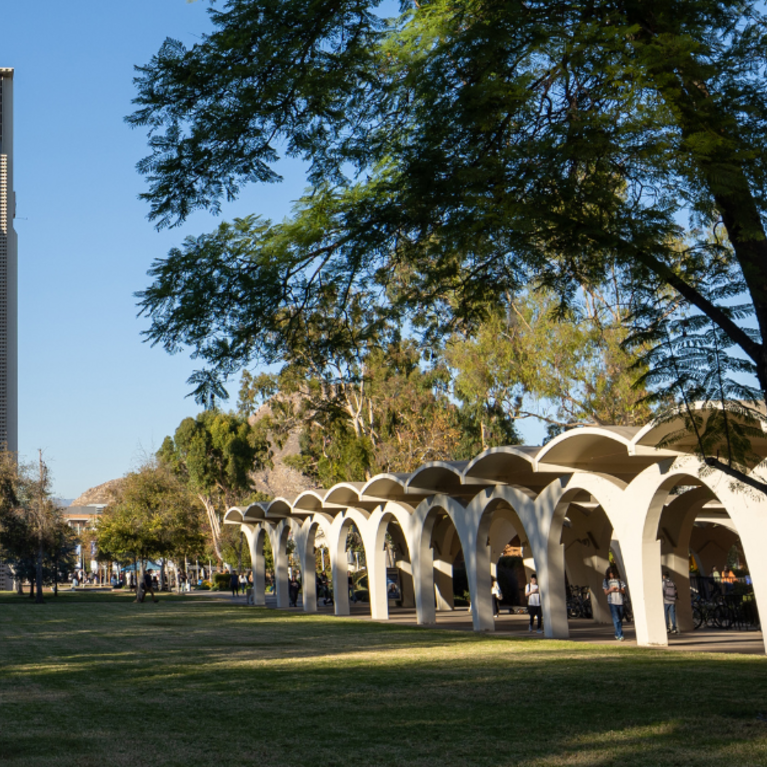Evolution experts say wild tomatoes in Galápagos are going 'back in time'
BBC WILDLIFE MAGAZINE - Evolution is commonly thought of as a process that creates new and more complicated traits. But this is not always the case. On the youngest islands of the Galápagos archipelago, wild tomato plants have adapted to their environment by producing toxins identical to those used by their ancestors millions of years...
By Beki Hooper | BBC Wildlife Magazine |
Evolution Running Backwards? That's What This Unlikely Organism Appears To Be Doing
IFLSCIENCE - We typically think of evolution as progressing in one direction, with a species getting “better” and “better” as it goes. But evolution is far more complex than that, as has recently been illustrated by an unusual organism: Galápagos tomatoes. These wild-growing fruits are shedding millions of years of evolution in order to reproduce...
By Dr. Russell Moul | IFLScience |
One fruit may be evolving in reverse
NEWSWEEK - Wild tomatoes on the Galápagos Islands are rewinding millions of years of evolution, according to a new study. Scientists at the University of California, Riverside found that these tomatoes—descended from South American ancestors likely brought to the Pacific archipelago by birds—are producing a toxic molecular cocktail not seen in millions of years. Biologists...
By Daniella Gray | Newsweek |
Nanoparticles are threatening the stability of plant cells
EARTH.COM - Nanoparticles – microscopic specks released by cars, factories, forest fires, and volcanoes – float through every ecosystem on Earth. Scientists are also designing these particles to precisely deliver fertilizers to crop roots, target pests with pesticides, or serve as tiny sensors that detect plant stress. But new research, led by the University of...
By Andrei Ionescu | Earth.com |
Scientists issue warning over newly discovered species that is already on the brink of extinction: 'Quite distinct'
THE COOL DOWN - Urban development in California is threatening a new manzanita species — a plant species already considered highly vulnerable since its discovery in the area. What's happening? The Dana Reserve project, a housing development in Nipomo, is a 288-acre community with 1,370 residential units on land where a new manzanita species was...
By Yei Ling Ma | The Cool Down |
Can parasitic weeds be tricked into dying? Scientists think so.
EARTH.COM - For centuries, farmers have struggled to keep their crops safe. Droughts, pests, and poor soil are common challenges. But among the most silent and destructive enemies are parasitic weeds. These plants do not grow on their own. Instead, they cling to healthy crops and steal vital nutrients. In regions already battling food insecurity...
By Sanjana Gajbhiye | Earth.com |

UCR hosts inaugural Southern California Conference on Ecological Change
The UC Riverside departments of Evolution, Ecology & Organismal Biology, Botany and Plant Sciences, and Environmental Sciences hosted the inaugural Southern California Conference on Ecological Change on February 14. The inaugural event was organized in response to the effects of warming climate, larger and more frequent fires, urbanization and land development, and invasive species on...
California researchers find new manzanita with gray shaggy bark growing near Santa Barbara
VENTURA COUNTY STAR - California scientists discovered a new species of manzanita, believed to grow only in places along the state’s south-central coast. And unlike its sister shrubs, its bark is gray instead of red, its discoverers said. As far as researchers know, the new species of native California shrub grows only near the Santa...
By Jessica Skropanic | Ventura County Star |
Scientists make astonishing discovery about plants at the molecular level — here's how it could help solve major problems in the medical field
THE COOL DOWN - Scientists at the University of California-Riverside recently discovered a chemical that plants produce that could help prevent infections in medical patients. Science Daily reported on the findings, explaining that biofilm is a slimy bacterial layer that clings to surfaces. In a medical setting, this film can make it harder to treat...
By Tina Deines | The Cool Down |

Susan Wessler Elected VP of the National Academy of Sciences
Susan Wessler, Distinguished Professor and Geneticist in the UC Riverside Department of Botany and Plant Sciences, has been elected to a four-year term as Vice President at the National Academy of Sciences (NAS). Professor Wessler assumed her duties as Vice President last month. The position, which also chairs the NAS Council Committee on Scientific Programs...
Let us help you with your search